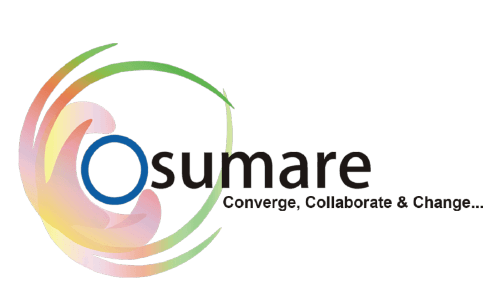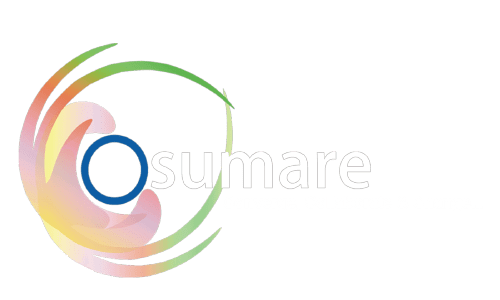In the fast-paced world of digital marketing, knowing where to invest your advertising budget can be the difference between a campaign that performs and one that falls flat. Two of the biggest contenders for your marketing dollars are Google Ads and Meta Ads (formerly Facebook Ads). Both offer robust platforms with global reach, targeting capabilities, and advanced tracking. However, they serve different purposes and are most effective in different scenarios.
Understanding when to choose Google Ads versus Meta Ads — or how to strategically allocate your budget between the two — can dramatically improve your results and ROI. Let’s explore the strengths of each platform, when to use them, and how to balance your advertising spend.
Also Read: Boost Your Vacation Rental Bookings with SEO
Understanding the Core Difference: Intent vs. Interest
At the heart of the decision lies this key concept:
Google Ads = Intent-based marketing
Meta Ads = Interest-based marketing
Google Ads: Catching Demand
Google Ads primarily targets users who are actively searching for something. This makes it ideal for capturing existing demand — users who are further along in the buyer’s journey.
Whether they’re searching for “best digital camera under $500” or “emergency plumber near me,” they already know what they need. Your job is to show up and offer the solution.
Meta Ads: Creating Demand
Meta Ads, which includes Facebook, Instagram, Messenger, and WhatsApp, work by placing your product or service in front of users who aren’t necessarily looking for it, but are likely to be interested based on their demographics, behavior, and preferences.
This makes Meta ideal for building awareness, introducing new products, and retargeting users who’ve interacted with your brand before.
Google Ads: When & Why to Use It
✅ Best for:
High-intent traffic (users actively searching)
Lead generation
E-commerce sales
Local services
B2B campaigns
Google Ads includes several types of ad formats — most notably Search Ads, Display Ads, Shopping Ads, and YouTube Ads. The most powerful among these is Search, where your ads appear at the top of Google’s results when someone types in relevant keywords.
🔍 Key Strengths:
Immediate intent: Users are already motivated to find a solution or make a purchase.
In-depth keyword targeting: Reach people based on exactly what they’re searching for.
High conversion potential: Especially effective for transactional queries.
Geo-targeting for local businesses: Great for services or brick-and-mortar stores.
💡 Use Google Ads if:
You have a product/service people are already looking for.
You want measurable ROI and lead conversions.
Your business depends on search visibility (e.g., plumbers, lawyers, consultants, online retailers).
Meta Ads: When & Why to Use It
✅ Best for:
Brand awareness and discovery
Lifestyle and aspirational products
Community building
Engagement and retargeting
Meta Ads are a powerhouse for reaching people based on interests, behaviors, demographics, and even lookalike audiences. With visually rich ad formats like carousels, reels, videos, and story ads, Meta is where brands can tell their story and build emotional connections.
📱 Key Strengths:
Highly visual: Perfect for lifestyle brands and emotional appeal.
Advanced audience targeting: Find users based on interests and online behavior.
Engagement-driven: Comments, likes, and shares create social proof.
Strong for mobile: Meta platforms dominate time spent on mobile.
💡 Use Meta Ads if:
You’re launching a new product or business and need exposure.
You have visually compelling content.
You’re running a campaign around engagement, lead magnets, or retargeting.
Your product benefits from aspirational or lifestyle branding.
Budget Allocation: How to Split Based on Your Goals
The real magic happens when you know how to balance the two. Your budget split should depend on the goal of the campaign, your audience, and your sales funnel stage.
Here’s a general guide:
🎯 Goal: Lead Generation
Google Ads: 70%
Meta Ads: 30%
Why? Because leads are more likely to convert when they’re already looking for your service. Google Ads will capture that intent. Meta can support with lead magnets and nurturing.
🎯 Goal: Brand Awareness
Google Ads: 30%
Meta Ads: 70%
Meta Ads offer a cost-effective way to reach a broad audience, tell your story, and build trust. This is the top of the funnel — you’re creating awareness and interest.
🎯 Goal: E-commerce Sales (Cold + Warm Traffic)
Google Ads: 50%
Meta Ads: 50%
Use Google to target users actively searching for products. Use Meta to show products to users who fit your ideal customer profile and retarget those who visited your site or abandoned carts.
🎯 Goal: Retargeting
Google Ads: 40%
Meta Ads: 60%
While both platforms offer retargeting, Meta is especially effective at bringing users back with engaging visuals and storytelling. Google Display and YouTube retargeting can complement this strategy.
What About Ad Costs?
Generally speaking:
Google Ads tend to have a higher CPC (cost-per-click), especially in competitive industries.
Meta Ads usually have a lower CPM (cost-per-thousand impressions) and lower CPC, making them more cost-effective for broad reach and engagement.
However, what matters more is cost per conversion, which varies by industry and funnel stage. Testing and refining your creatives, targeting, and landing pages will help you find the most efficient path.
Pro Tip: Use Both Platforms Together
In most cases, a hybrid approach delivers the best results. Here’s how you can structure it:
Use Meta Ads for awareness – Introduce your brand to cold audiences.
Use Google Ads for intent – Capture people actively searching.
Use both for retargeting – Remind users of what they saw and didn’t convert on.
This full-funnel strategy builds visibility, captures interest, and drives action across multiple touchpoints.
Final Thoughts
Choosing between Google Ads and Meta Ads isn’t about which platform is “better” — it’s about understanding their unique roles in your customer journey.
Use Google Ads when you want to catch people actively searching and convert them.
Use Meta Ads when you want to introduce people to your brand, build loyalty, and drive long-term engagement.
In most cases, using both in tandem — with a smart budget allocation — will give you the best of both worlds. Start with a clear goal, test your performance, and adjust your split based on what’s driving real business results.

